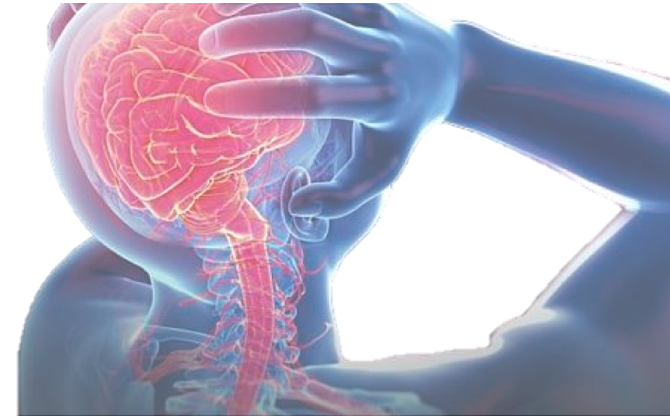Jump to
Pain is the single most common reason for seeking medical attention. Under normal circumstances, pain acts to signal injury and is a protective response that prevents further damage and promotes tissue healing. People differ not only in their ability to detect and tolerate pain, but also in their ability to recover from an injury, with some people experiencing pain that outlasts the duration of tissue healing. Interventions to treat or cure chronic pain have had limited success.
Recent research has identified a novel cortical biomarker that could identify individuals at risk of developing chronic pain, which could be used to identify individuals at high risk of transitioning from acute to chronic pain (PREDICT Project). However, whether a causal relationship exists between this cortical biomarker and pain is unknown.
The pain biomarker is based on rhythmic patterns of electrical activity in the brain and is measured using electroencephalography (EEG). Previous research suggests that the speed of this rhythmic activity can be altered through the administration of nicotine. MODULATE will attempt to alter the speed of the brain’s rhythmic activity, using nicotine gum, and observe the impact on pain. The project will help determine whether a causal relationship exists between the biomarker and pain.




